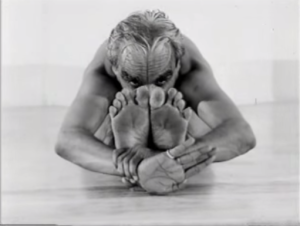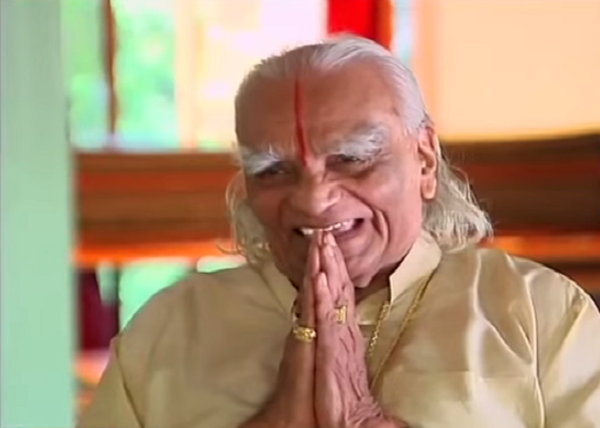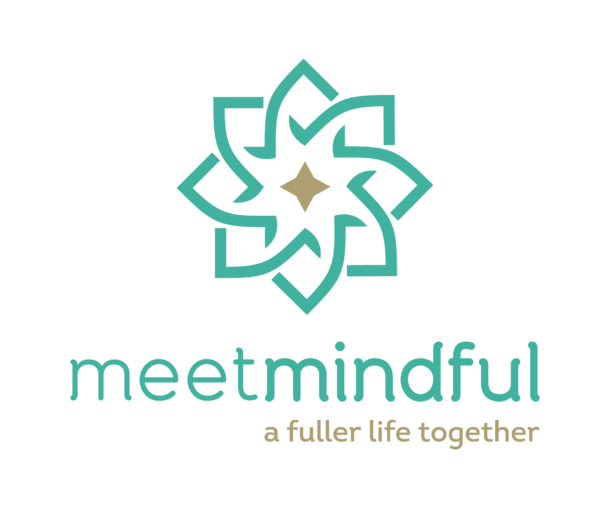“Yoga is like music: the rhythm of the body, the melody of the mind, and the harmony of the soul create the symphony of life.” —B.K.S. Iyengar
On August 20th the world of yoga and, on a larger scale, the world of physical and spiritual wellness, lost an icon. Bellur Krishnamachar Sundararaja (BKS) Iyengar passed away at the age of 95, and it was said that up until recently, when his health began to fail him, he could hold a headstand for 30 minutes.
Iyengar was a famous guru, known as the man who brought yoga, as we now know it, to people across the globe. You can think of him as the Elvis Presley of his discipline. He didn’t invent it, and he wasn’t the first practitioner; but his treatment of yoga made it accessible to people everywhere, people of all ages and degrees of health and levels of physical fitness.
His story is both inspiring and pertinent to his revolutionary adaptation of the ancient Indian practice.
Iyengar was born in South India in 1918. He was one of thirteen children in an impoverished family. He suffered from several ailments, including tuberculosis, typhoid and malaria, which are often associated with tropical climates.
When he was sixteen years old, Iyengar was sent to live with his sister and her husband, Tirumalai Krishnamacharya. Since his father’s death, eight years earlier, Iyengar’s family had fallen on hard times and the climate where his sister and brother-in-law lived, in Mysore, was temperate and better for the treatment of the boy’s diseases.
This is where Iyengar was introduced to yoga. Krishnamacharya was a respected guru who taught Hatha yoga and gained notoriety when he was called upon to teach yoga to royal boys at the palace of the Maharaja of Mysore.
At the time, Mysore was a hot bed for the development of modern yoga. Indian nationalists were rebelling against all things British and foreign, and prominent and progressive people, like the Maharaja, were promoting the renaissance of a physical Indian culture.
Iyengar began studying under his brother-in-law. He credits his practice of yoga for his ability to overcome all of his childhood maladies, but he did not enjoy learning from his guru. Krishnamacharya was known for being a brutally harsh teacher who would often strike his students when they weren’t holding their poses properly. In fact, the guru’s frightening style and reputation led to a series of events that brought Iyengar to the forefront of his class.
The day before a planned demonstration, Krishnamacharya’s star pupil ran away, and Iyengar was selected to replace him. Iyengar, who was not quite advanced enough to perform the poses, forced himself into the proper postures. Although the crowd was pleased, Iyengar was left injured for his efforts.
From that point forward, Iyengar was sent to demonstrate on behalf of his brother-in-law’s school, and he was eventually chosen to teach in Pune. Iyengar once said that he worked so hard at teaching, because he never wanted to return to study under Krishnamacharya.
 While he was teaching, he began to develop his own type of yoga. He credits the philosophies of the Yoga Sutras of Patanjali as the source of his theories, but they are hardly taken from that text directly. The Yoga Sutras make almost no reference to poses or “asanas” as they are called in India. The physical aspect of yoga does not have an explicit presence in the ancient teachings.
While he was teaching, he began to develop his own type of yoga. He credits the philosophies of the Yoga Sutras of Patanjali as the source of his theories, but they are hardly taken from that text directly. The Yoga Sutras make almost no reference to poses or “asanas” as they are called in India. The physical aspect of yoga does not have an explicit presence in the ancient teachings.
Iyengar believed that yoga is a way to steady consciousness, but he felt that it had to begin with the body. “It is through your body that you realize you are a spark of divinity,” he said in his book Light on Life. Between that philosophy and his first-hand experience with the perils of forcing one’s body into asanas, he began developing a form of yoga that moved into postures slowly and held them for longer, making use of props such as blankets, belts and blocks that could aid students in achieving proper alignment.
Guruji (“respected spiritual teacher”) as he was known to his students, made a humble living for his first 16 years; and then he crossed paths with someone who would be his window to exposure and reverence, although he never sought either of those things. Yehudi Menuhin was a famous violin maestro who was suffering from an injury that was affecting his career. After finding relief as a result of Iyengar’s teachings, Menuhin became a proponent of his style and began introducing him to other prominent people in the Western World.
Iyengar started by going to Rhode Island to instruct the family of the Standard Oil heiress, Rebekah Harkness, and he went on to teach the likes of Aldous Huxley and Annette Bening. In effect, he was bringing yoga to the mainstream and away from the perception that it was the practice of eccentrics.
During Iyengar’s life, hundreds of schools were built to proliferate his teachings, including his own in Pune. It was named the Ramamani Iyengar Memorial Yoga Institute after his late wife. In 1966, his book Light on Yoga was published. It was translated into 17 languages and it is still considered the quintessential guide to asana practice. Today, the term “Iyengar Yoga” is an entry in the Oxford Dictionary, and in 2004 he was named one of the 100 most influential people in the world by Time Magazine.
BKS Iyengar was known for staunch dedication to his life’s work. Even after suffering a heart-attack at the age of 80, he practiced for several hours every day. He was also respected for living a humble existence, taking residence in a house behind his school.
His teachings have reached millions of people around the world. He sought to teach people how to find balance among their mind, body and spirit, and he gave them a reasonable way to achieve that harmony. He was quoted as saying, “No one is too old or too stiff, too fat or thin or tired for yoga.”
[image: via CNN interview on Youtube]











